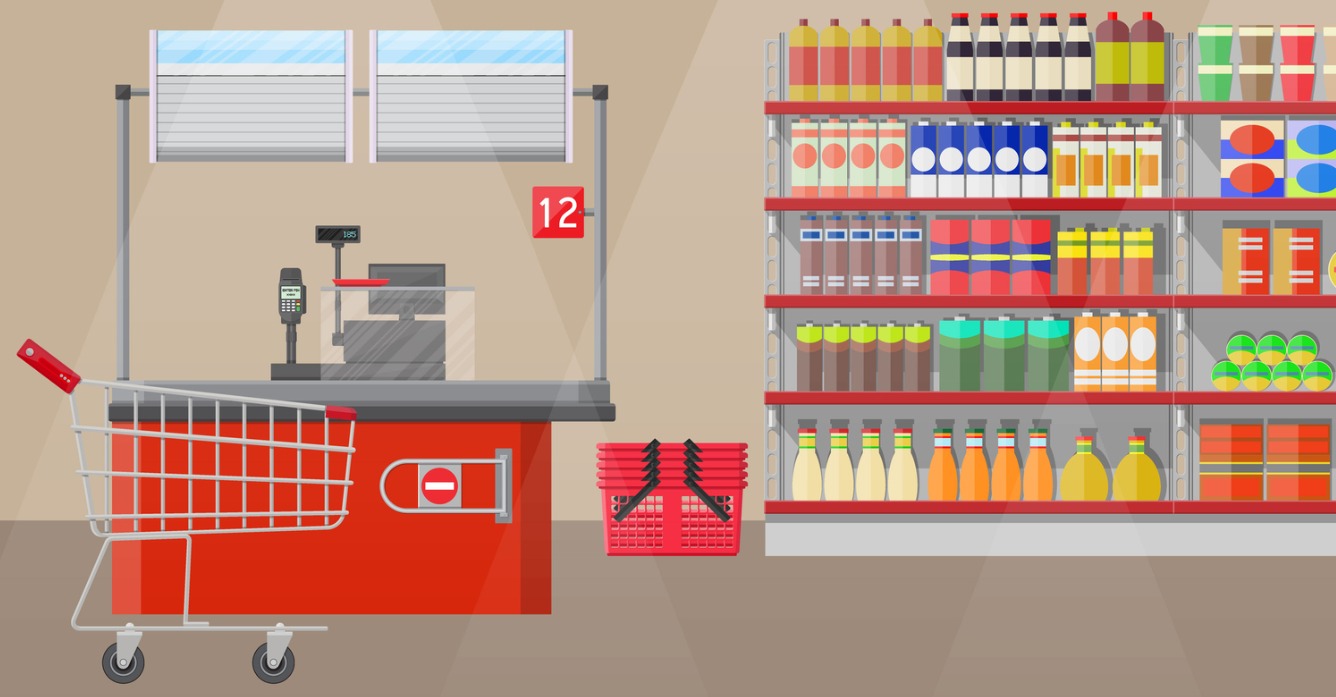Damien Deem, Implementation Specialist
Femi Olowu, Implementation Specialist
Brie Urick, Senior Industrial Engineer
Ricardo Romo, Industrial Engineer
Every brick and mortar retailer knows customer experience is paramount. A positive experience can mean increased conversion, basket size and return shopping. A negative experience can lead to sales lost to an already competitive e-commerce market. It should come as no surprise that the front end can make or break a customer’s experience in store. It represents the last opportunity to make an impression. Long queues, unresponsiveness, poor execution, or lack of checkout options could all result in a customer considering alternative options. This is a challenge every front end manager must overcome in an age where customers have never had more choices.
In addition to its role in customer experience, the front end has a powerful impact on critical systems throughout the store. Most retailers rely on the accuracy of their point-of-sale system as a primary input to other systems, such as:
- Forecasting engines: predicting future sales patterns for labor planning
- Automated ordering: adjusting inventory levels to trigger reorder points
- Shrink reporting: management of product loss
Cashiers play a pivotal role in maintaining accuracy of the point-of sale system. For example, if a customer purchases a large quantity of multiple flavors of sports drink, but the cashier only scans the first flavor and inputs a quantity, the on-hand inventory stored in the automated ordering system will be out of balance. As if customer experience and cashier performance are not enough to manage, the front end can also play a role in controlling store cleanliness and sanitation. In an era where spread of disease is a rising global concern, protecting store associates and customers is now mission critical to all retailers. Traditionally, courtesy clerks often fill in downtime between activities like bagging and cart collection by supporting light maintenance throughout the store, such as cleaning errant spills or performing general sterilization. In today’s world, however, proactive cleaning and sanitation have become a necessary function front end schedules must account for.
Today’s front end is a different world
In this series, we will explore the complexity of today’s front end (read part 2 and part 3). 10-15 years ago, many retail front ends looked similar. Today, a variety of factors have led retailers to take different paths.
Customer preferences
Today customers have many more options around how they want to shop. Some customers prefer the traditional approach of having a cashier process their order, while other customers prefer processing their own order via self-scan terminals. Customers who are more tech savvy may prefer to bypass the terminal all together by scanning their purchases via app as they shop. Still other customers may prefer to buy online and pick-up in stores, skipping the shopping experience all together.
Operational complexity
As alluded to above, front ends have become much more sophisticated. Managers are asked to lead a larger and more complex operation that involves expanded training needs and oversite. Evolving government policies, such as fair work rules and plastic bag restrictions, have also changed the way in which labor is planned and executed.
Rising turnover in the labor market
Turnover in the retail workforce has risen significantly over the past decade due to a combination of factors. Fierce competition for retailer positions has left younger workers continuously searching for better wages and benefits, sometimes balancing multiple jobs simultaneously. Inadequate onboarding, lack of meaningful coaching, and undefined best practices also contribute to employees seeking other opportunities.
Meeting the challenges of the new age
Evolving conditions have presented a variety of challenges for retailers in the modern age:
- Total throughput across all available forms of checkout must be optimized in order to minimize queues and wait times
- Scheduling practices must evolve; handwritten or copied forward schedules are no longer sufficient to achieve operational success and regulatory compliance
- A structured onboarding, training and performance management program is critical to ensuring front end best practices are followed, which can lead to less turnover via improved employee satisfaction
- Front end managers must be equipped to lead and make real-time adjustments with centralized access to KPIs, roster information, performance feedback, etc.
Our upcoming posts will explore approaches and solutions available today that enable retailers to meet these challenges and create a more agile front end.
First we will focus on creating front end plans that optimize front end scheduling with forecasted customer demand patterns. We will also discuss how to best physically configure the front end to work with the optimized schedule.
Following that, we will discuss approaches to creating a program of training and performance management across the front end. This includes strategies towards most effectively utilizing higher performing cashiers. We will also explore the tools a front end manager needs to proactively make the right changes and provide leadership.
Lastly, we will bring it all together with an illustrative example that demonstrates the impact of process improvements across the front end—a system that enables every front end to operate as if your very best front end manager was on duty 24/7.



